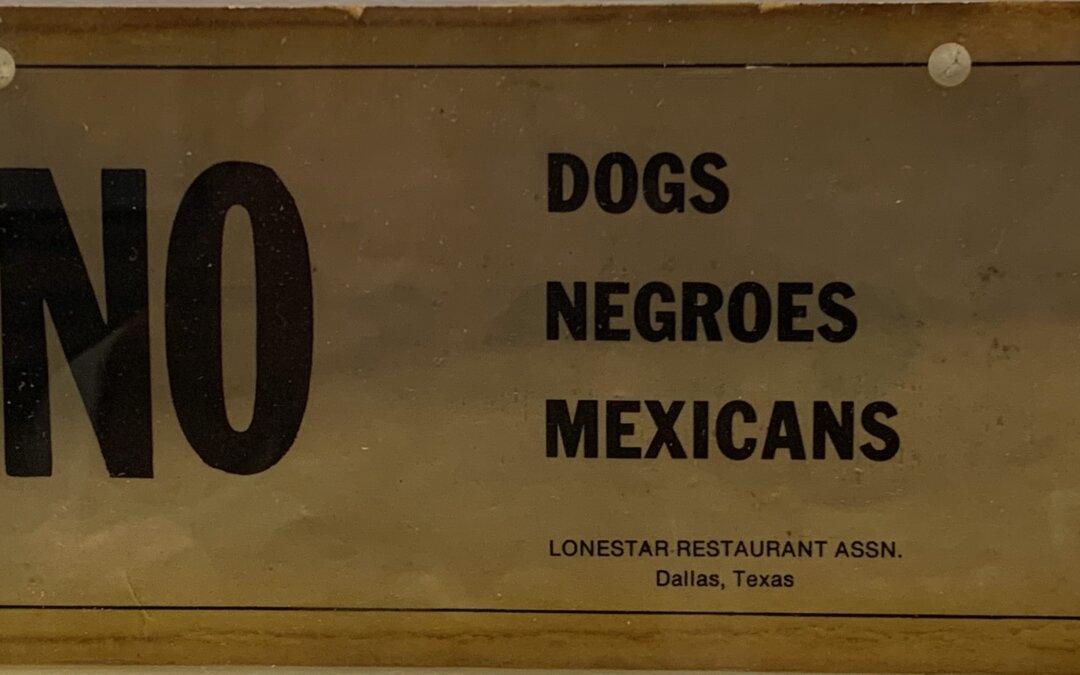Journalist Dominic Carter visits “Black Wall Street” in Tulsa Oklahoma
The day was picture-perfect.
We were in unfamiliar terrain, but that happens quite a bit when you speak all over the country….and at the same time work full-time as a journalist.
It was a beautiful sunny nice day in McAlester Oklahoma. Friday, April 21st, 2023.
The type of day on a personal level that is just so enjoyable. Not hot, but warm. You recognize the beauty of the day by just being in it. Just breathing the air. One of those days where it’s so pleasant that it leaves you energized, motivated, and hoping it never ends. The type of day where you are glad to have life.
But this was a day that would leave a lasting impression. One ultimately that you always treasure.

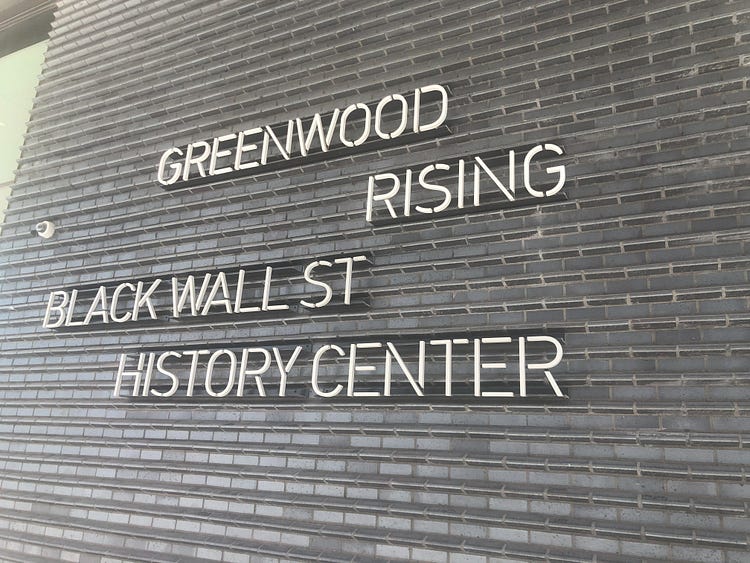
I had just finished speaking at a Child Advocacy Center in McAlester Oklahoma. The speech went well, and the wonderful crowd gave me a standing ovation.
My family and I had flown to Dallas. A direct flight from New York City just the night before. Driving the rental car out of Dallas, and from town to town from the airport to reach McAlester, about three hours from Dallas, was an interesting experience.
I also refer to such visits when I’m giving speeches as a side of Americana that I always love witnessing for the very first time.
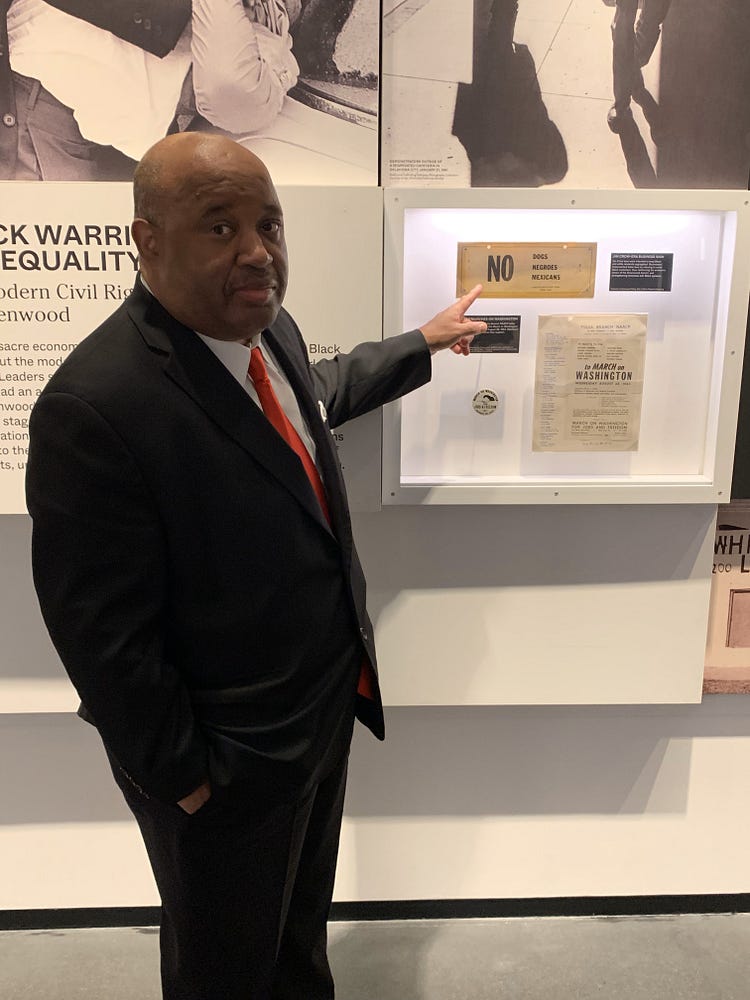
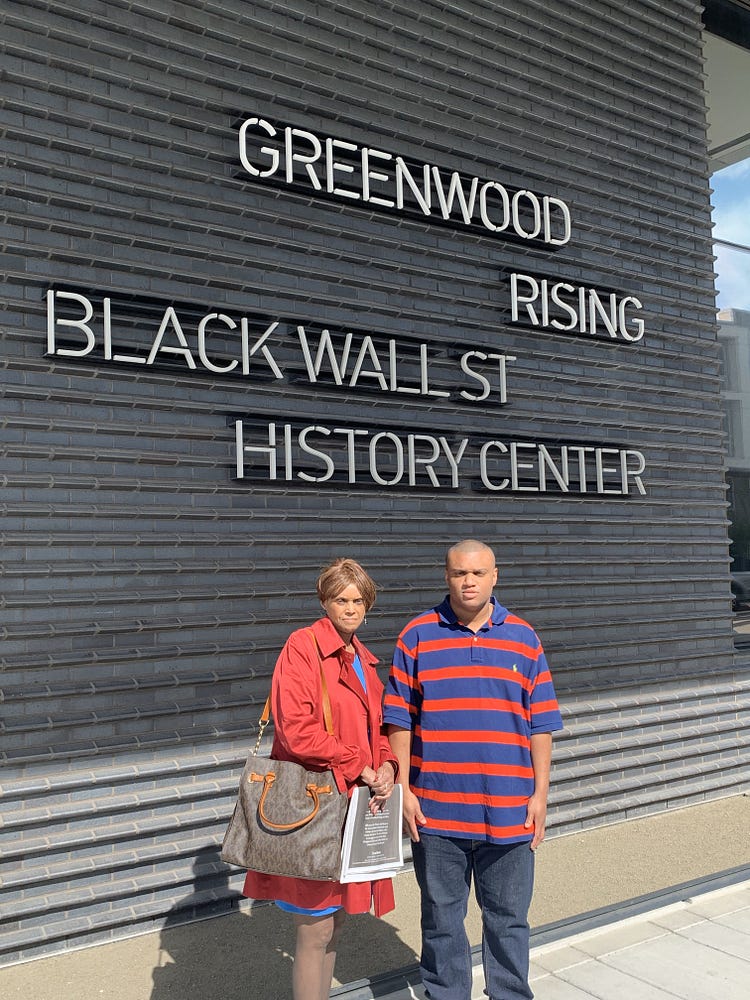
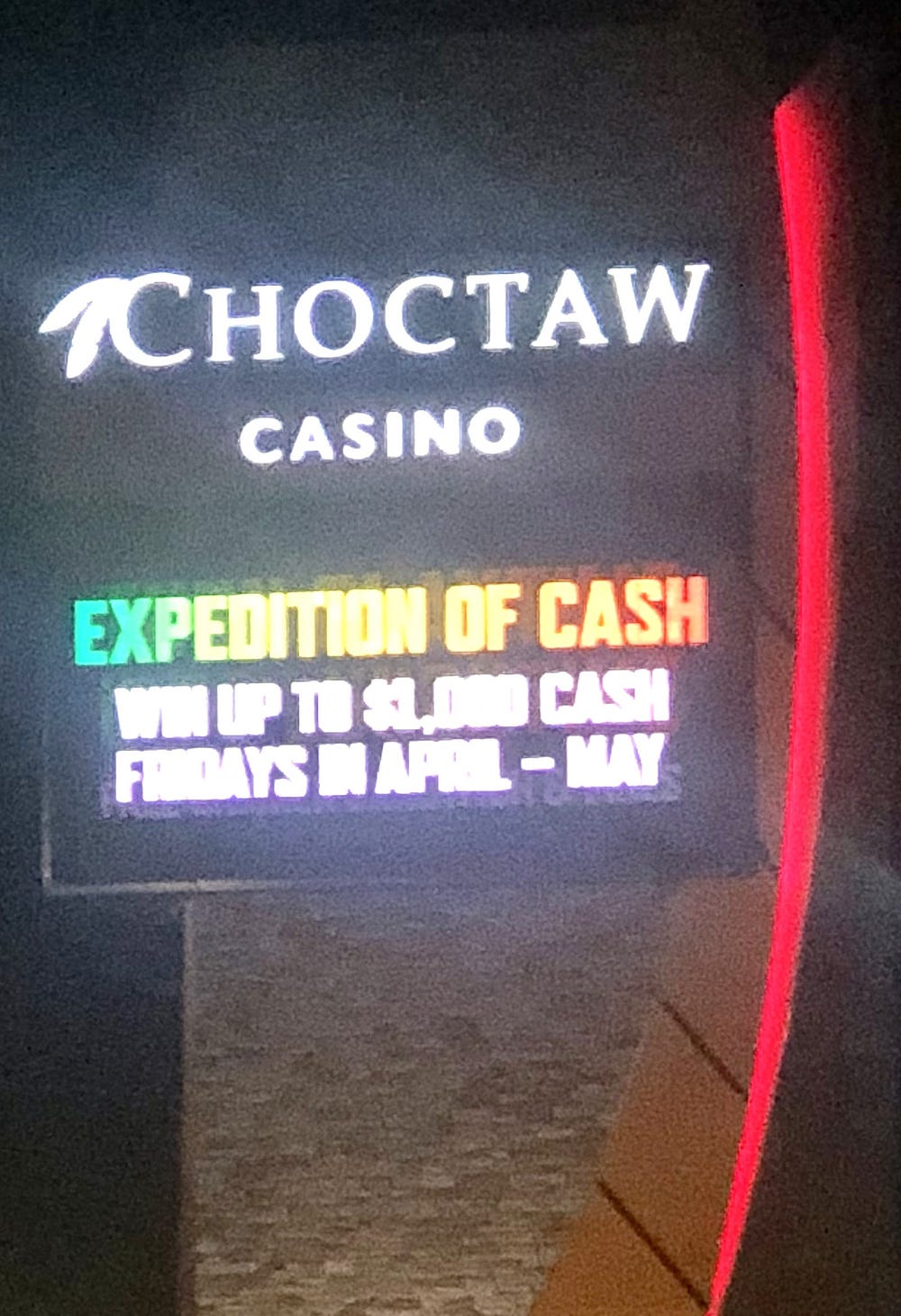
Arriving in McAlester Oklahoma, we started seeing quite a few signs for casinos and after checking into the hotel we decided to go have dinner at one of them. The food was delicious. The waiter was overly professional and courteous. It made the experience pleasant. Plus, the food was good.
I would quickly learn that in the State of Oklahoma, there are plenty of casinos. Many of them are owned by Indian Tribes. The ones in McAlester are not like the huge casinos in Las Vegas or Atlantic City, New Jersey. They are much smaller.
I would almost call them “Mom and Pop” casinos.
They had live games like Blackjack with human dealers, but these small casinos had plenty of slot machines.
McAlester Oklahoma is so far removed from New York City. As I do with all of my speeches as soon as I’m immediately done, I travel to the local post office to return to New York via the Postal Service my marketing materials and copies of my book, “No Momma’s Boy.” Every couple of miles driving to the post office we would see statues of bulls in McAlester. This one is right across the street from the post office.
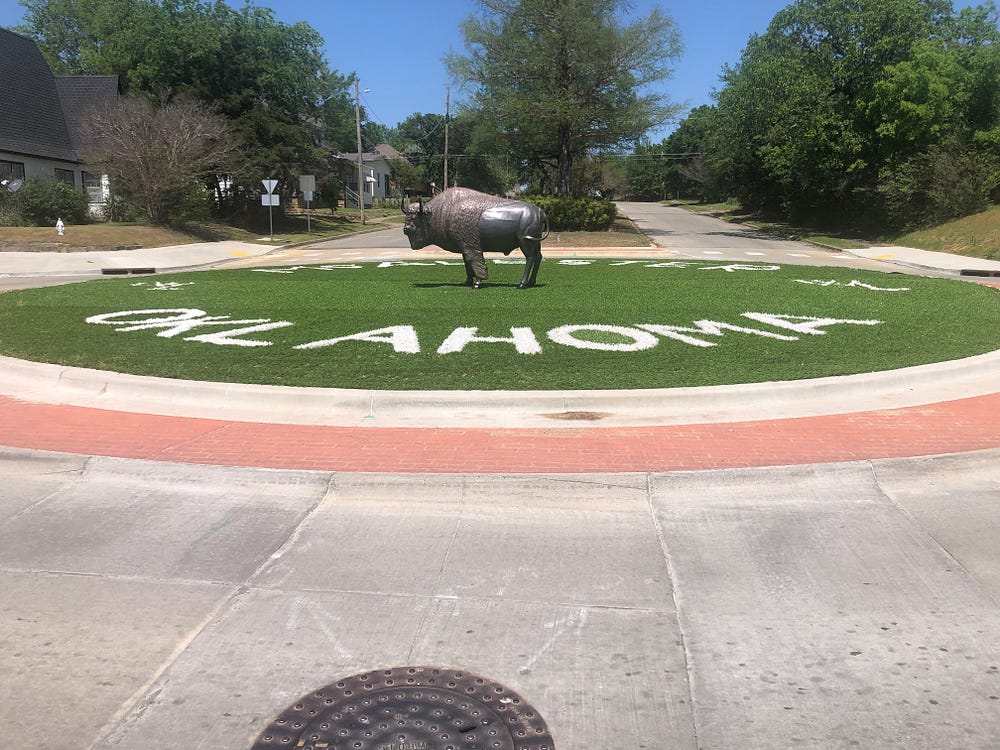
The next stop was predetermined on this great day, weeks in advance. We could sit in a local park another time. We were on a mission.
The next stop was going to be Tulsa Oklahoma, an hour and a half drive from McAlester, to visit the Civil Rights Museum there, titled “Greenwood Rising….Black Wall Street History Center.” That was going out of the way, but so be it. It would mean a four-hour drive back to Dallas, but nothing was going to stop this visit. I wanted to see the day so long ago when an African-American community prospered.
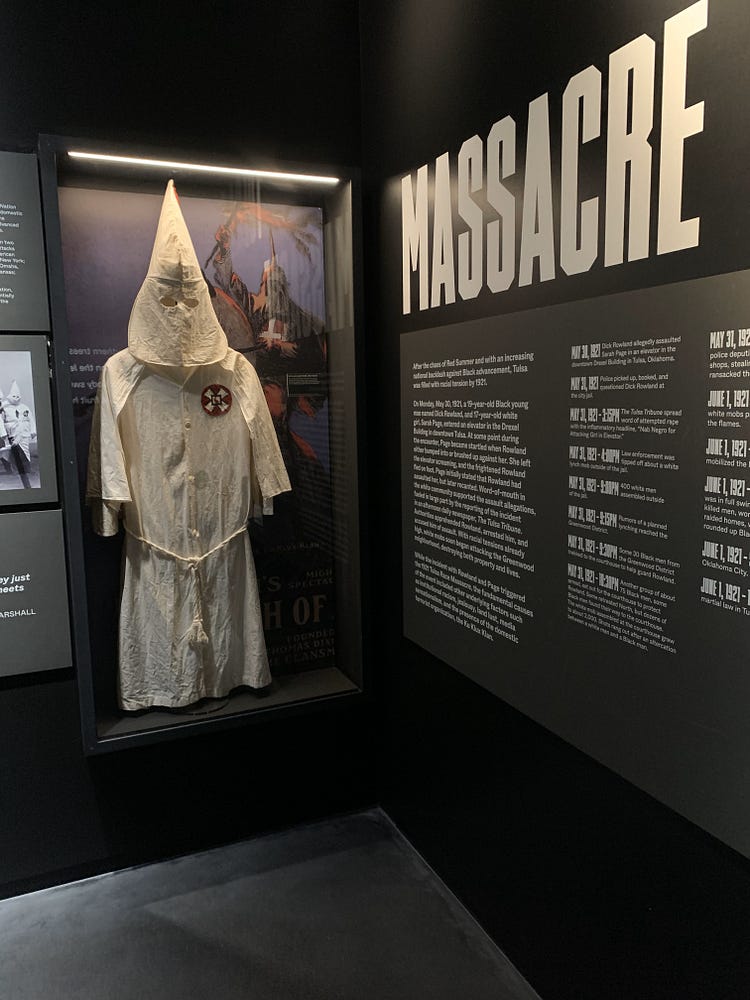
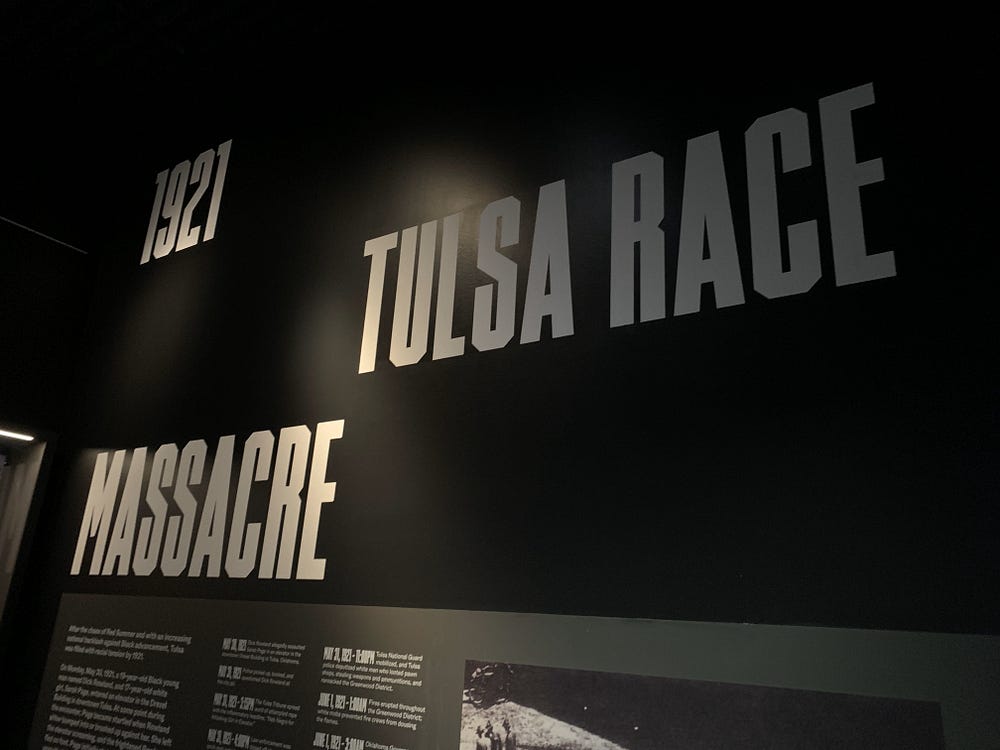
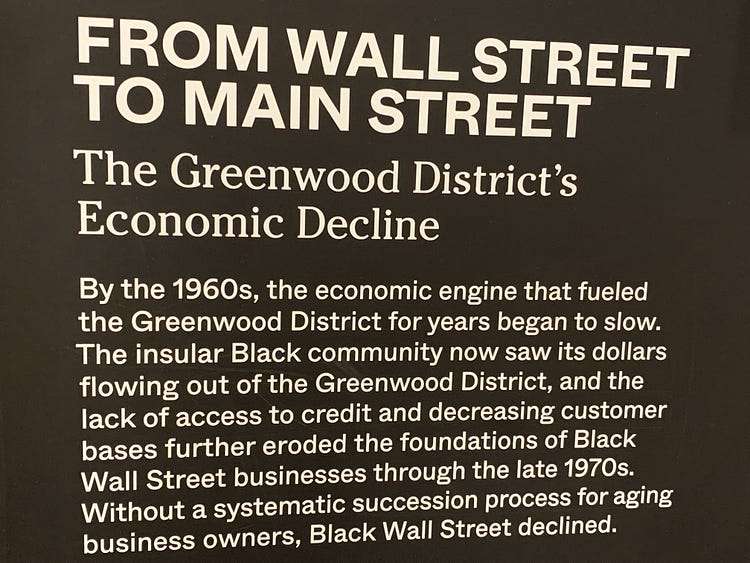
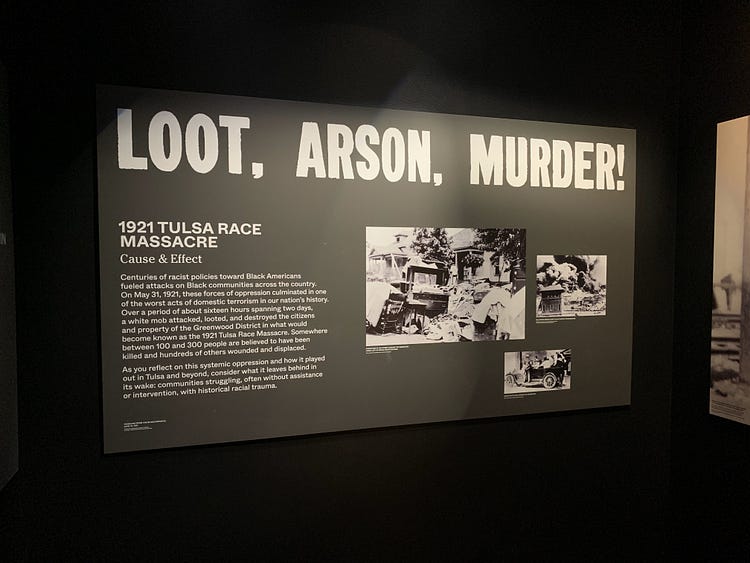
On TV, many times we have seen the story of the thriving prosperous Black Community in Tulsa that was burned to the ground because of racial strife, but now we are actually present to see the history. Here is how it is described on a website:
The Devastation of Black Wall Street
Tulsa, Oklahoma. 1921. A wave of racial violence destroys an affluent African-American community, seen as a threat to white-dominated American capitalism.
“In 1921, Tulsa, Oklahoma’s Greenwood District, known as Black Wall Street, was one of the most prosperous African-American communities in the United States. But on May 31 of that year, the Tulsa Tribune reported that a black man, Dick Rowland, attempted to rape a white woman, Sarah Page. Whites in the area refused to wait for the investigative process to play out, sparking two days of unprecedented racial violence. Thirty-five city blocks went up in flames, 300 people died, and 800 were injured. Defense of white female virtue was the expressed motivation for the collective racial violence.”
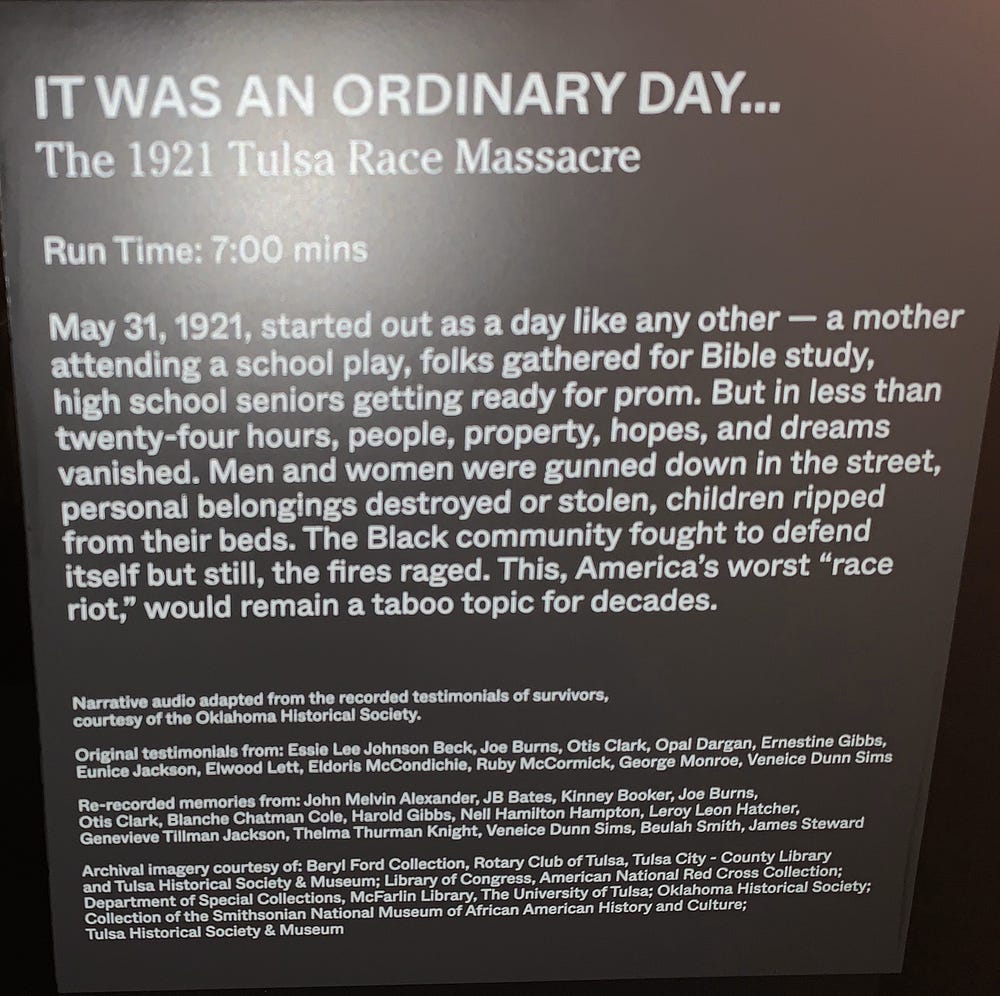
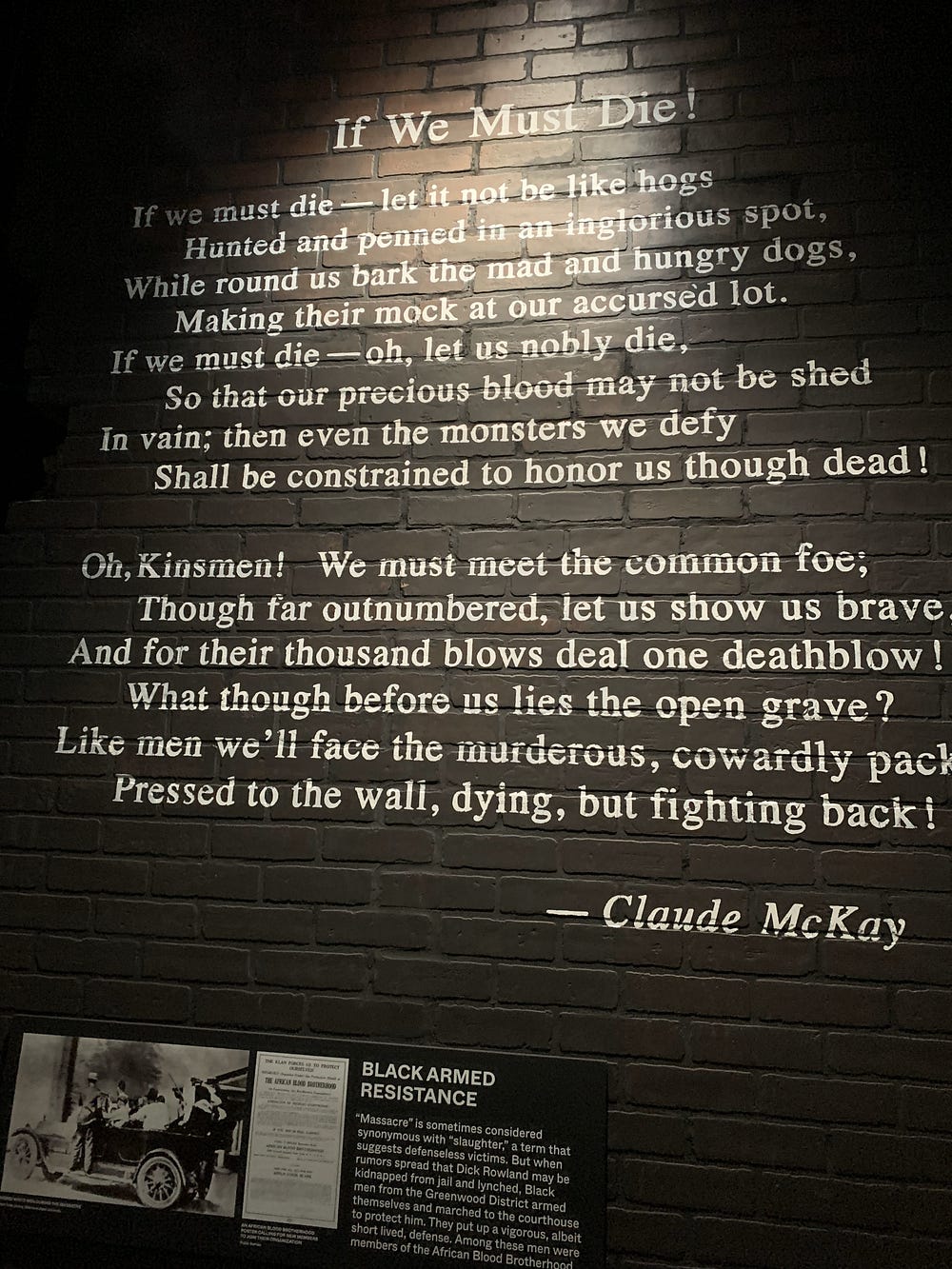
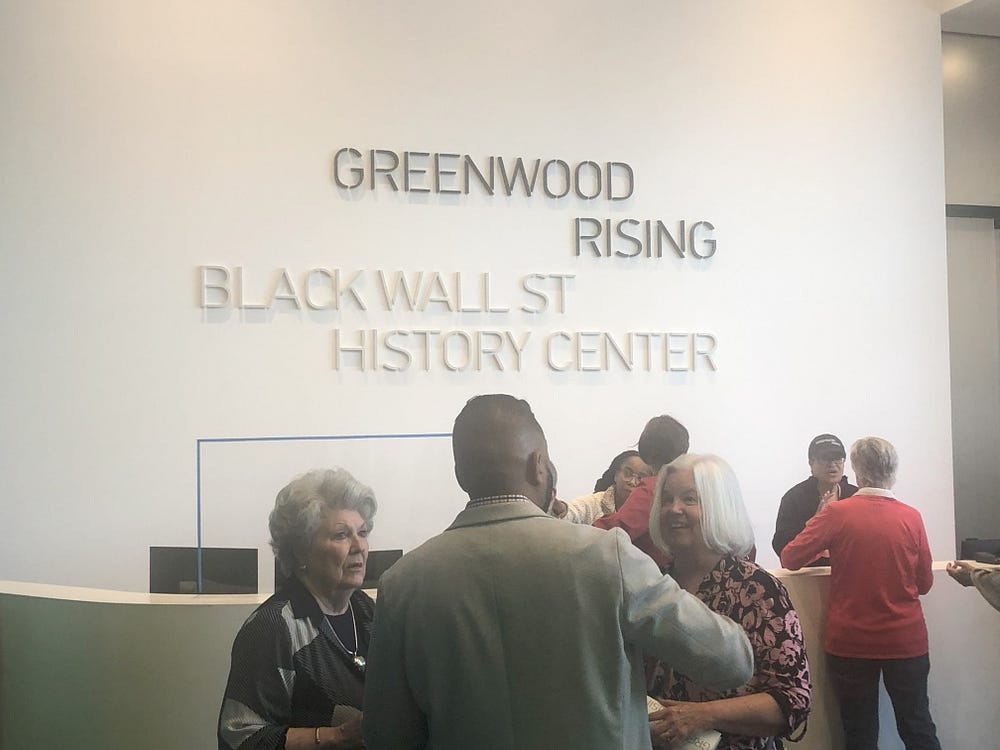
Once we arrived, In the lobby of the museum there were an equal number of African Americans and Whites and plenty of sunlight was coming in through all of the glass windows that reached up several stories high. You could not interpret what you were about to experience once you just walked a few feet further to witness a piece…. an ugly piece of American history. One caption said: “Wanted. To buy 12 or 15 likely negro boys and girls from 15 to 22 years old for which cash will be paid at fair prices.”
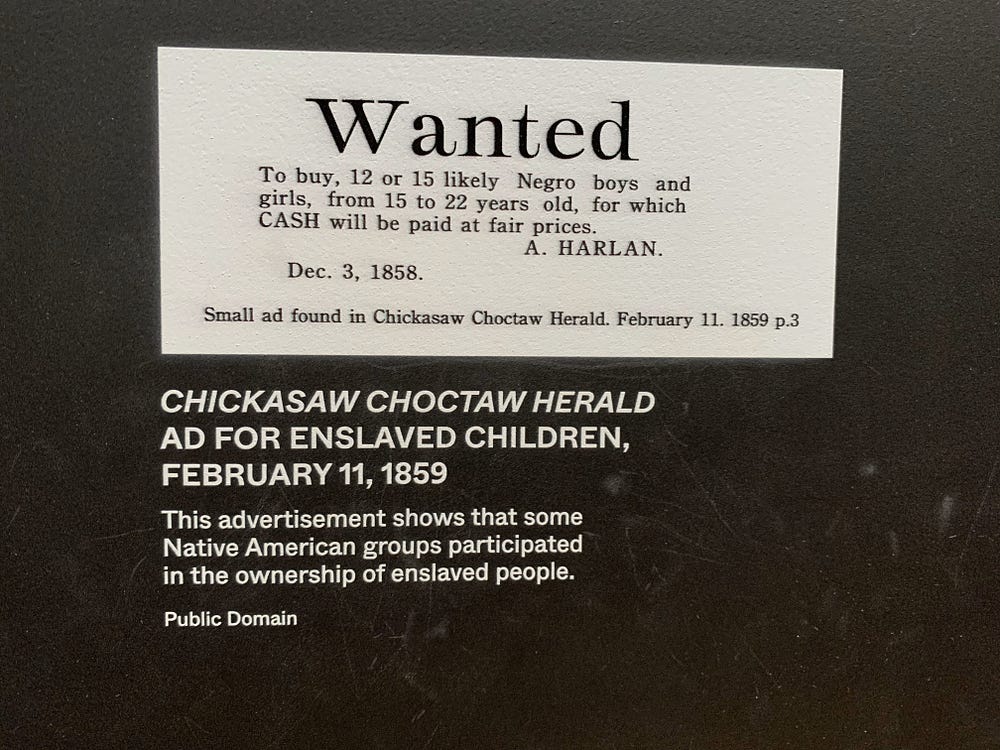
But I remember stopping to look at one of the first signs that we saw. It said: “The Negro and Oil.” The sign intrigued me.
It said: “Indians, white men and black men are being made into millionaires almost overnight in Oklahoma these days, and Uncle Sam is acting as Treasurer in this fascinating game of getting rich without doing a stroke of work. the money is pouring in a golden stream into the hands of people who a few years ago was poor as a proverbial small rodent in the sanctuary.”
Initially, the entire experience was like being on a roller coaster.

Then there were other displays. One said:
Black Gold Makes Black Wealth. Tulsa’s Oil Boom
For sure they were proud moments, like seeing the sign about Madam C.J. Walker who became rich selling her beauty products.
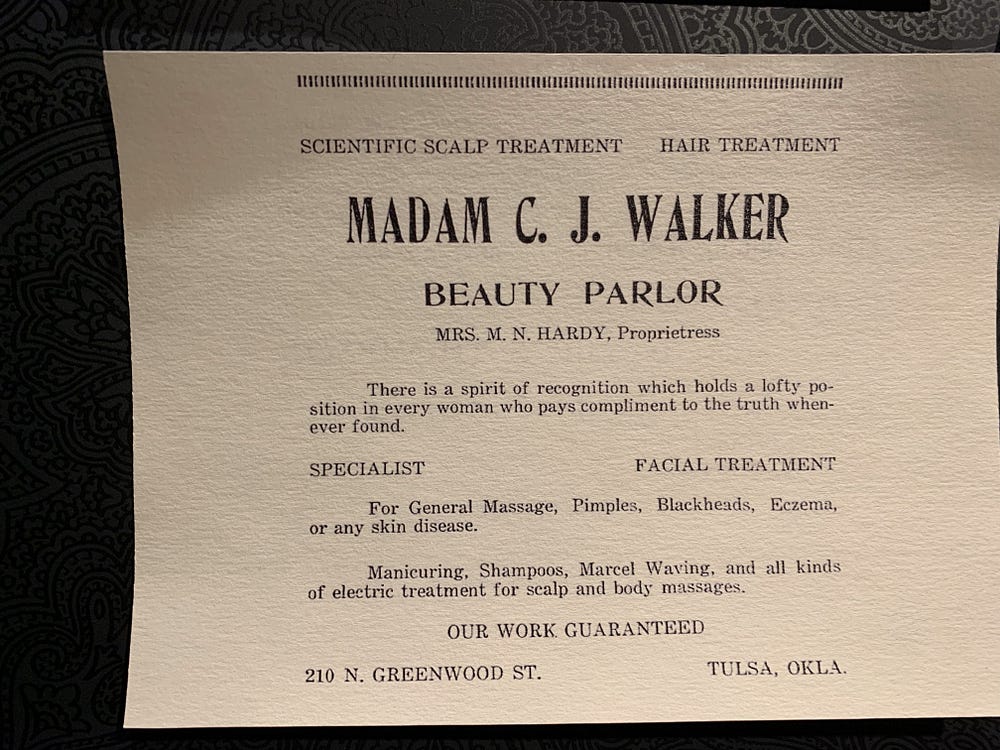
But then there were also photos of the Ku Klux Klan with one huge sign that said Massacre. This was one big roller coaster on an emotional level.
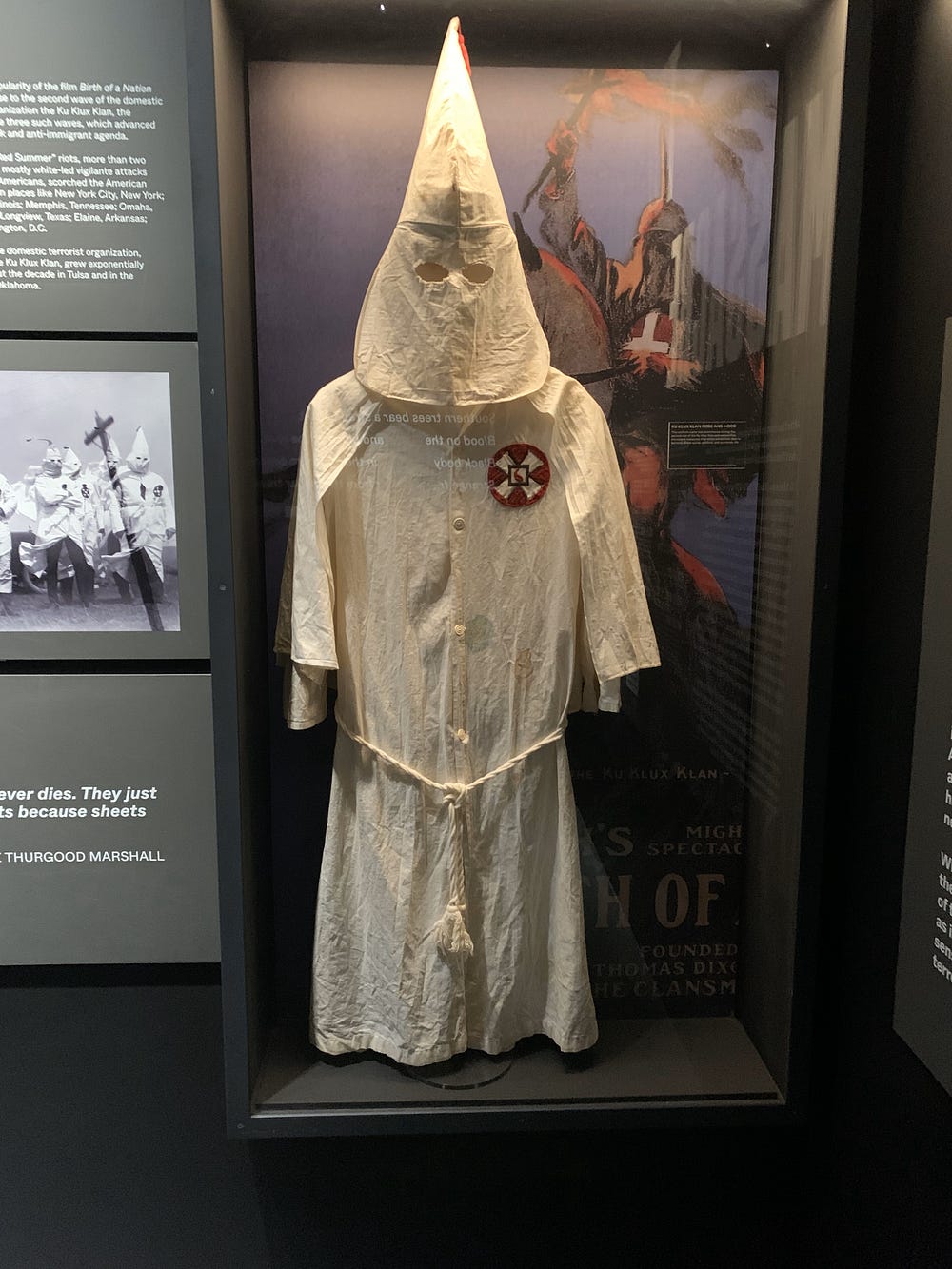
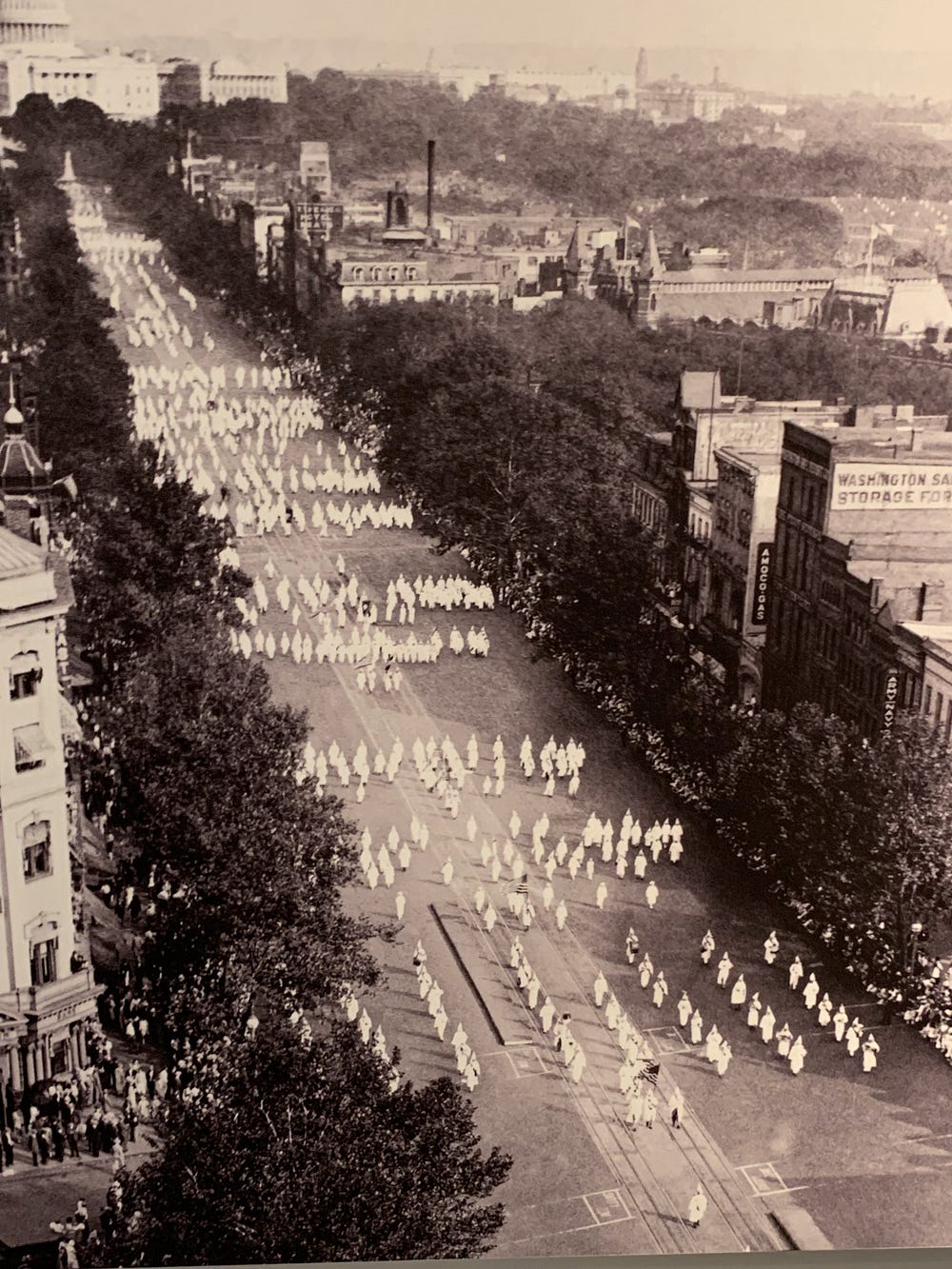
This was Tulsa’s Race Massacre. How did it all start? One caption says, “It was an ordinary day.” Another goes forward in time: “Rising From The Ashes of Destruction.”

Then I stopped in amazement to look at this one photo of an African-American woman. Her name is Mary Beulah Horn and in the photo, she’s sitting in the front row with some African American men. In the back row happens to be nine police officers in uniform. The caption reads about Ms. Horn that in 1939, she was the first black female police officer to serve in the Tulsa Police Department and worked primarily with Black girls and women in North Tulsa. She blazed the trail for other Black and female law enforcement officials.
I thought to myself, Wow! We all need to know our history. Our children must know their history. Miss Horn did this in 1939 in Tulsa Oklahoma.
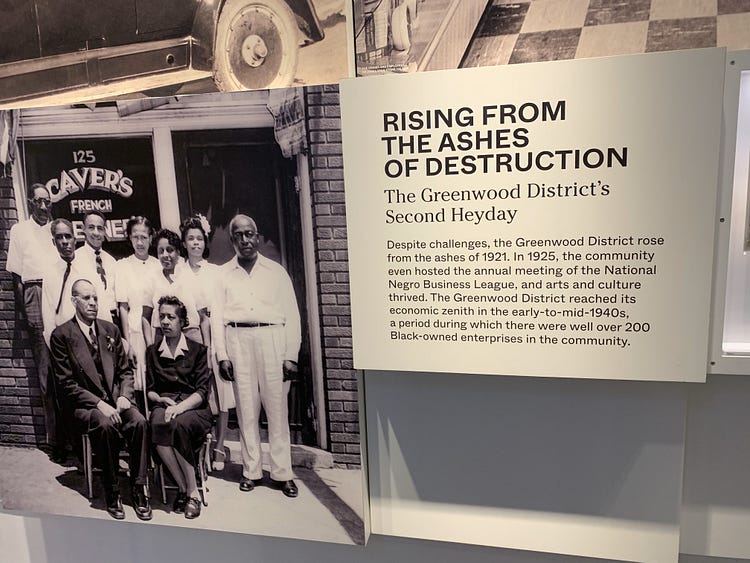
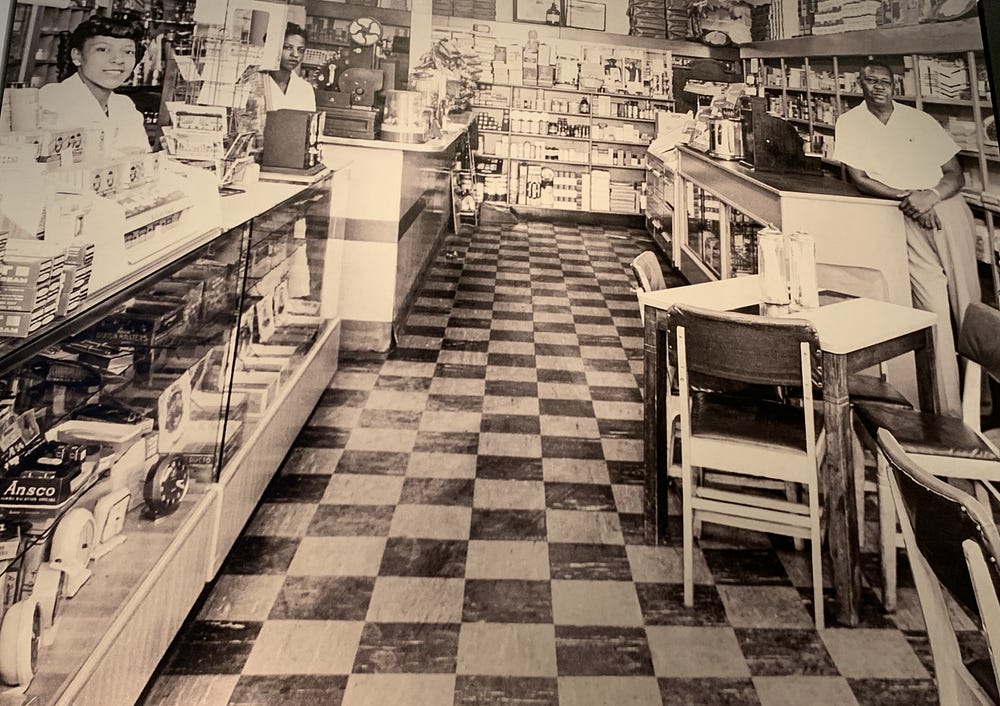
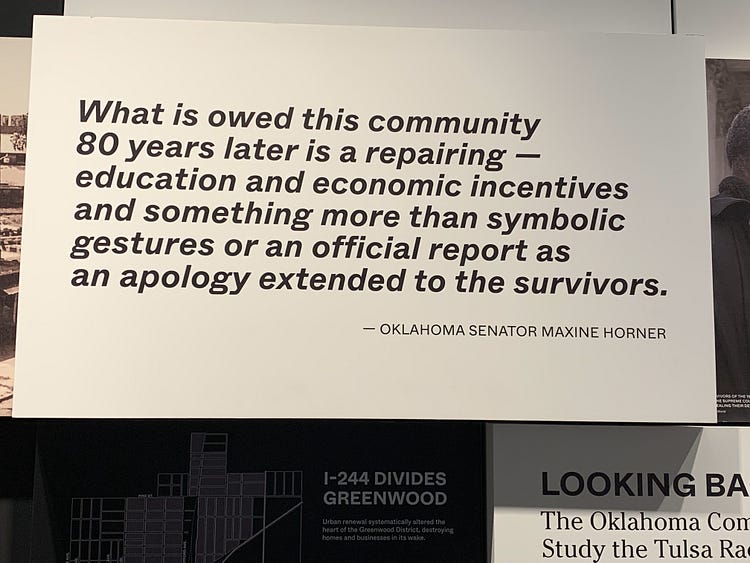
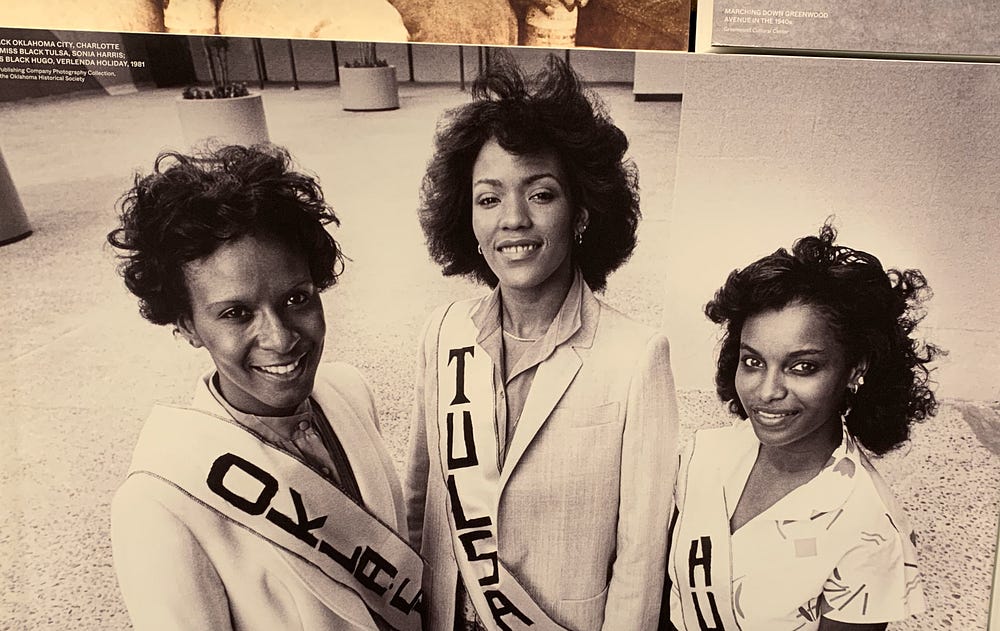
I for one don’t believe in running from our history, good or bad. I don’t believe in removing statues based on the past of the individual. Part of not running from my history was looking at some of these signs. One said no dogs, Negroes, Mexicans. Another promoted the march to Washington. Some of the signs are not worth repeating.
The museum has the old Coca-Cola machines when soda was only 10 cents a bottle.
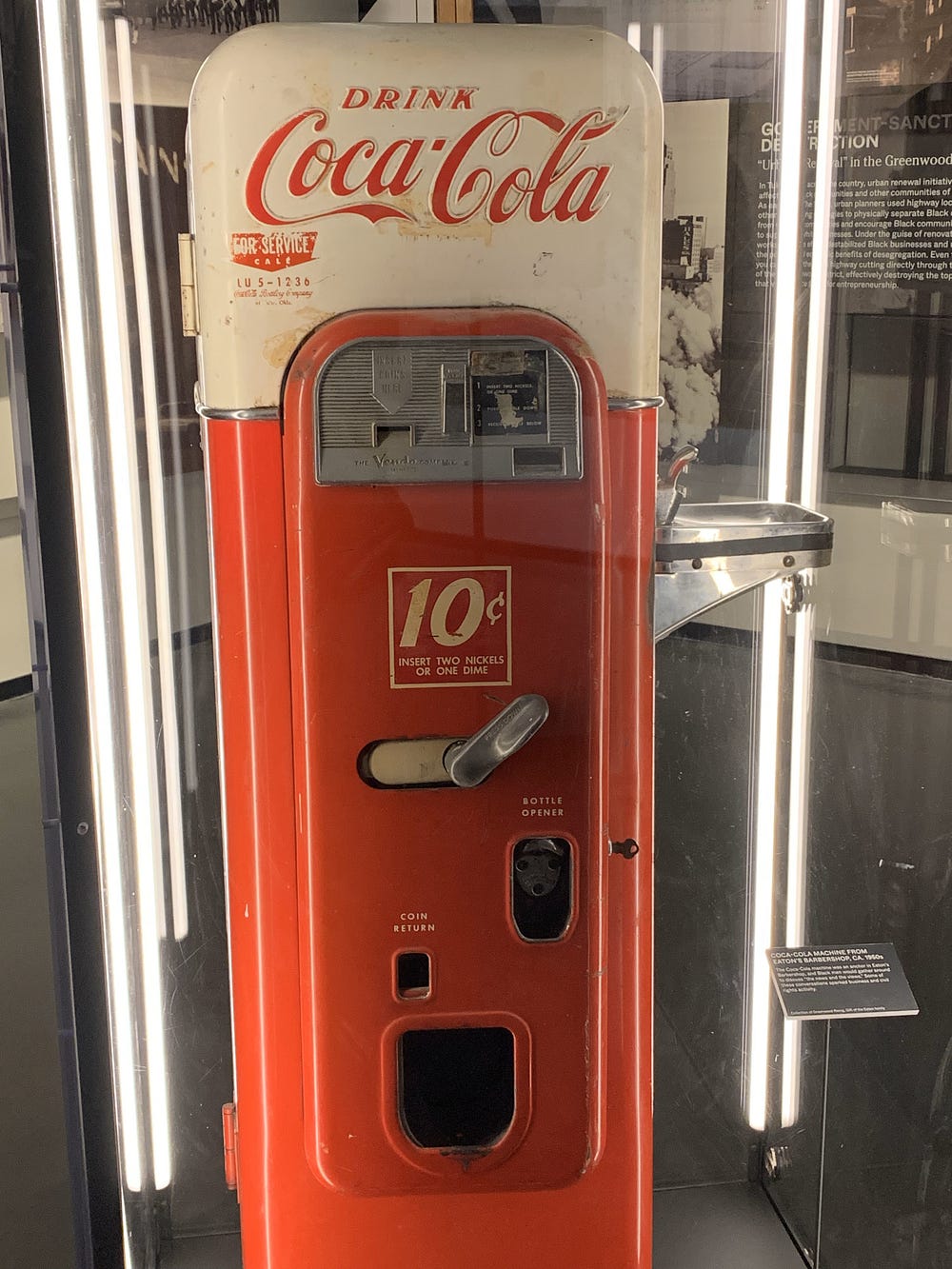
Seconds later we would see a sign that said:
“Loot. Arson. Murder!”

The museum also has a sign that quotes actor/activist James Baldwin when he said:
“To be Black and conscious in America is to be in a constant state of Rage.”
I believe… and I’m always looking for the silver lining in a situation. The glass is always half full, rather than half empty. That’s just in my DNA. That’s who I am.
When it comes to race relations, we have come a very long way in America.

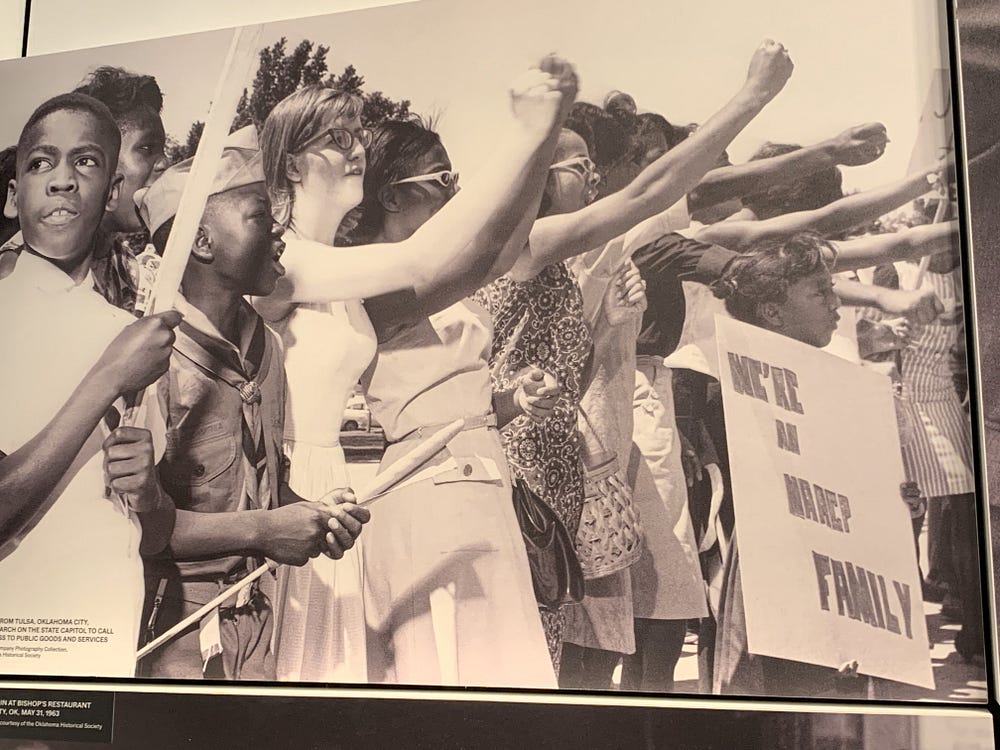
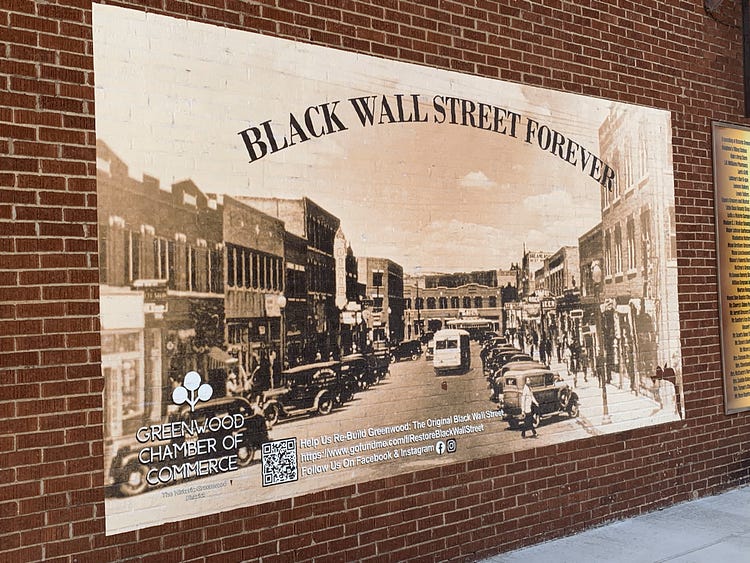
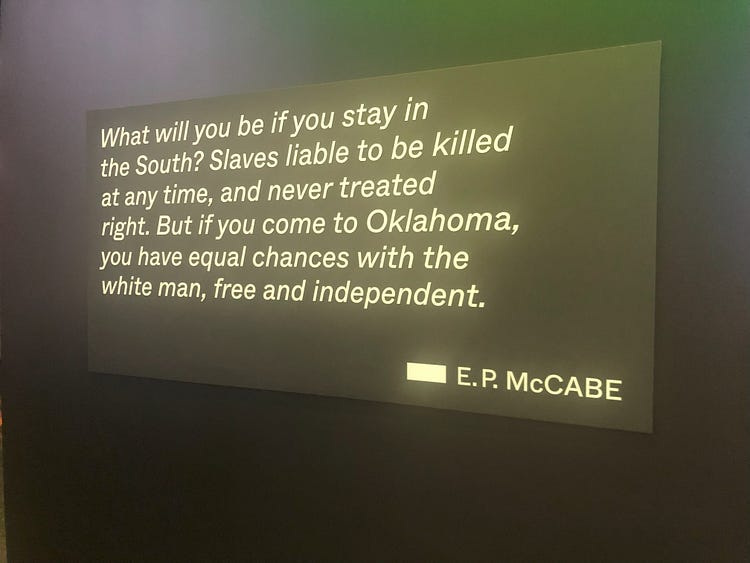
All these years later, I for one am not in a state of rage. I have enormous respect for Mr. Baldwin’s commitment and activism. I am deeply proud to be an American and thankful for the opportunities that my country has provided me and my family as I’m not far from my senior years. Taking me from the housing projects of New York City to being the first one in my family to obtain a college degree. Oftentimes when I look at my life, it is breathtaking. Both good and bad.



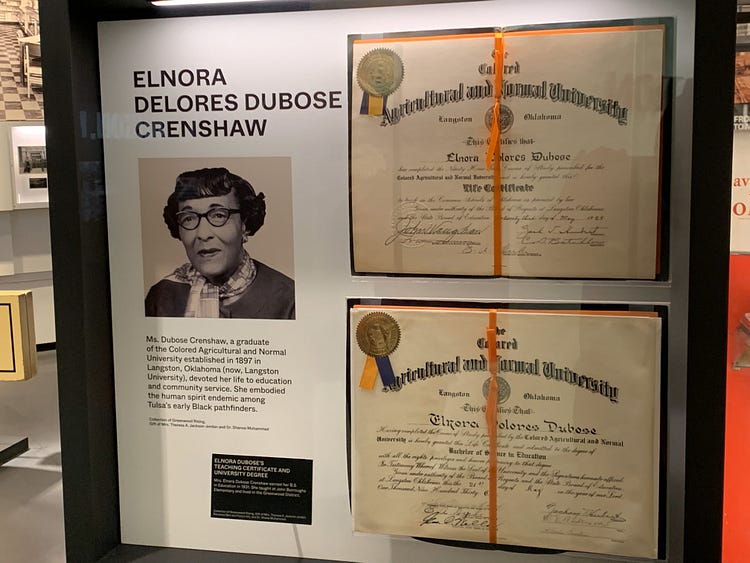
I’m so glad my son made the trip to the Museum in Tulsa. My only regret is that my daughter who lives in Rhode Island and has a family of her own didn’t make the trip. I wish that my grandkids Carter and Eva could have been here in Tulsa to have a first-hand view of History. Also, my niece Mekeya Carter. We are so proud of her. Mekeya is now pursuing an MBA. She would have greatly enjoyed it.
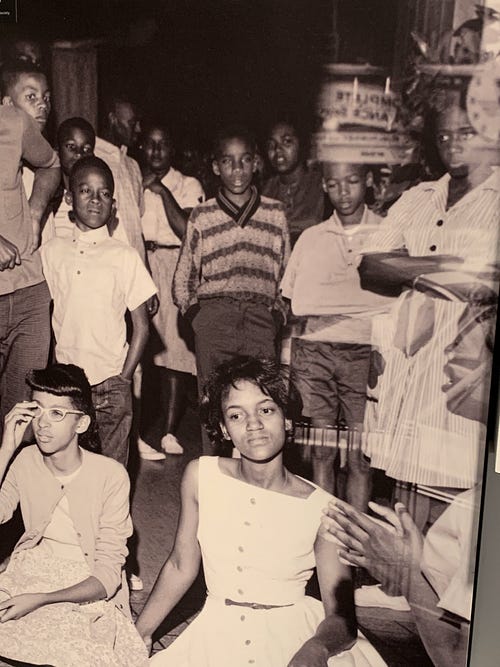

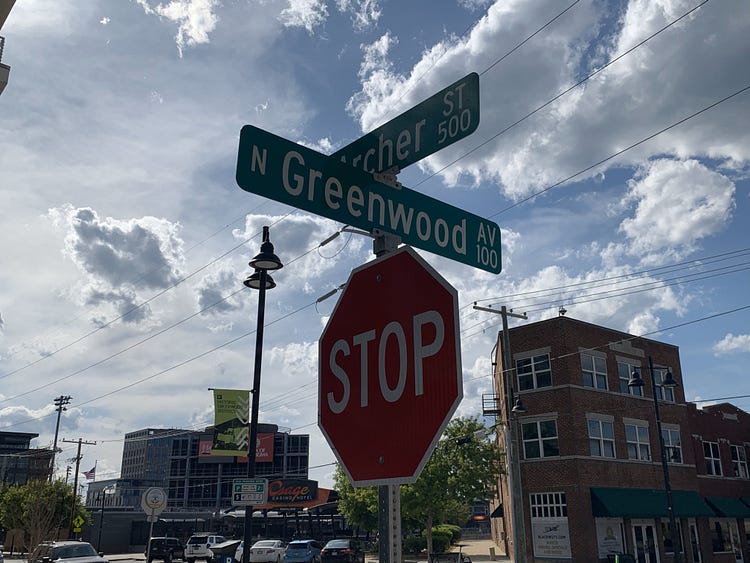
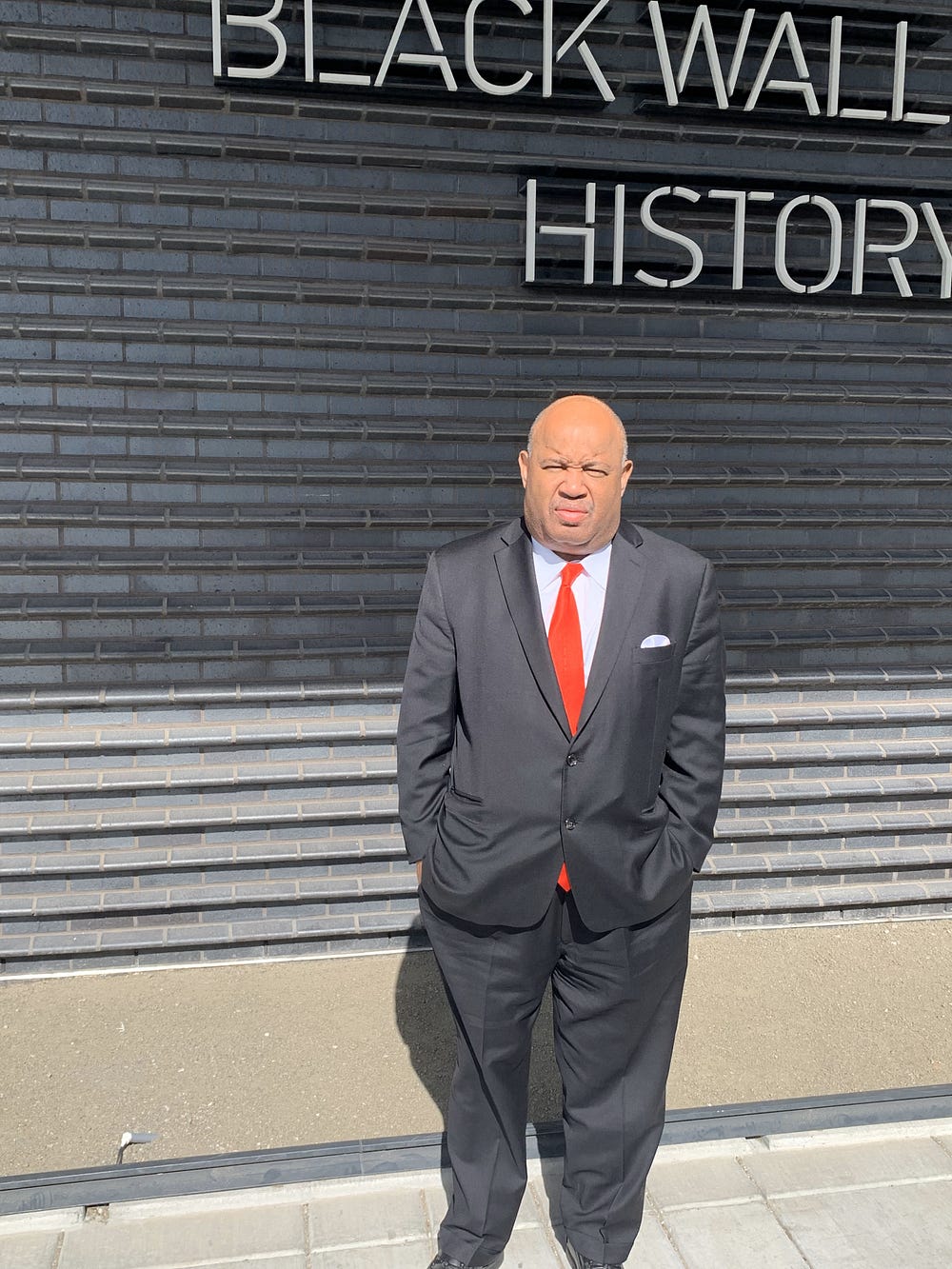
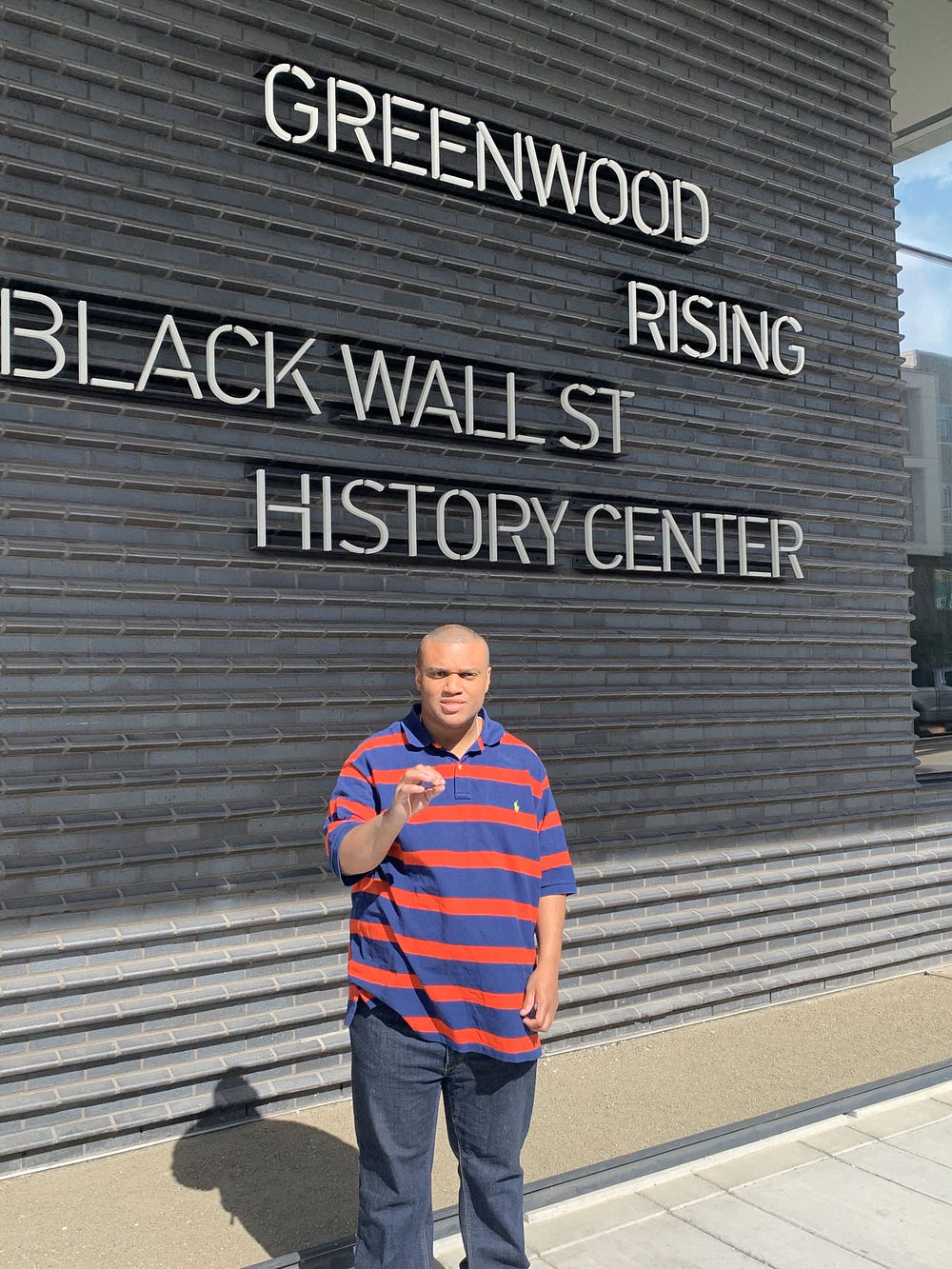


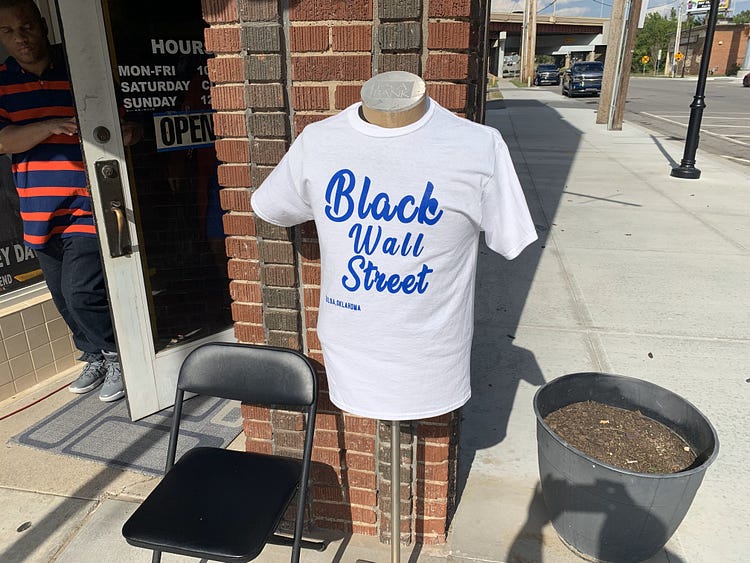

I am so glad that my wife Marilyn made the trip as well, especially considering that as an undergraduate she was a history major at the State University of New York-College at Cortland. She grew up in Harlem and enjoys visiting African-American communities all over the country. So museums like this are extremely important to her. This should be extremely important to all of us, no matter our race.
